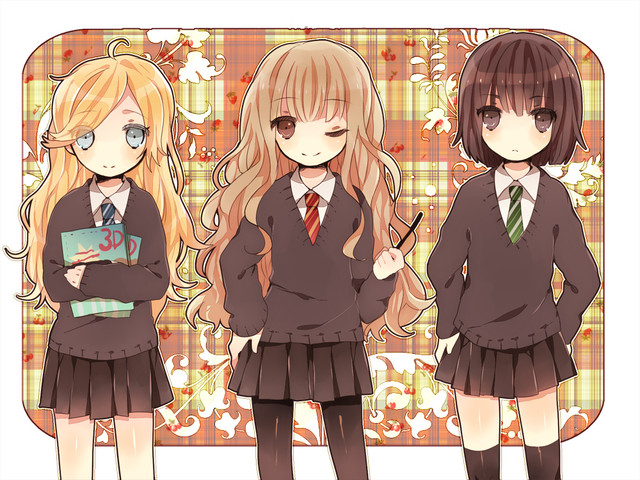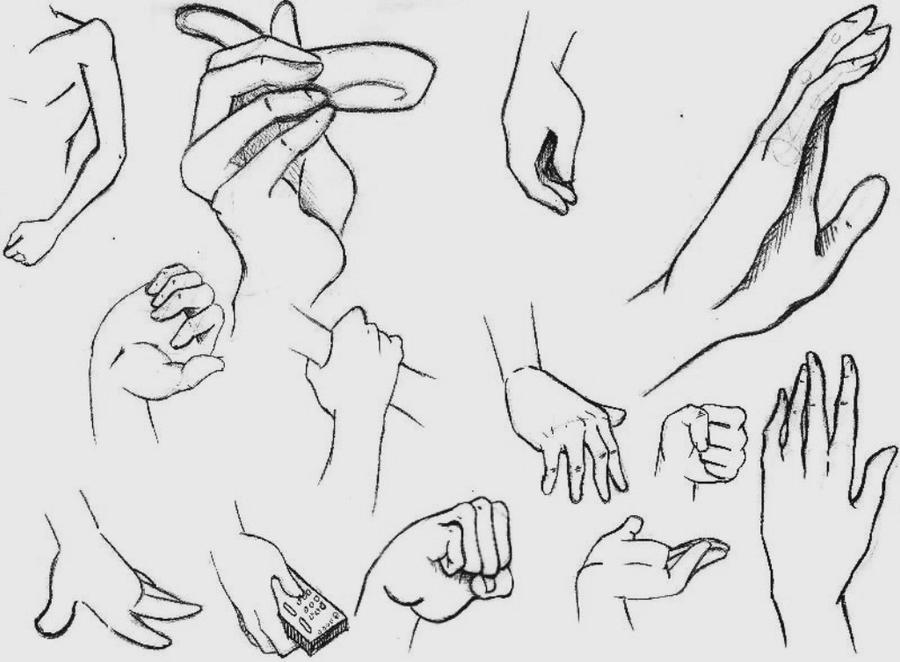Most wrinkles are shapped in "V"'s or "Z"'s and never in the shape of an "X." Why? Clothing with exact "X" shaped wrinkles are impossible to create naturally. Therefore, do not intersect the lines into an "X" to create wrinkles. Also, wrinkles vary on the kimd of clothing. Loose, baggy clothing have more, longer, and wider wrinkles that go into folds, overlapping over each other. This applies to heavy winter jackets, cargo pants, etc.
Differences in wrinkles
Tight clothing that clings to the skin have smaller, shorter wrinkles, indicating that it's smaller or skinnier such as skinny jeans or tank tops. For rips, it's very similar to wrinkles, it is just lines closely packed together. Also, pay attention to gravity! If the character is running, obviously, the clothing isn't going to stay the same as when the character is just standing there. Know what direction the clothes go, that way, you can understand what the character's actions are, and if the wind is blowing their hair, clothes, etc. Then, you can make accessories if you'd like! Scrunchies, headbands, ribbons, they all have wrinkles. Add them to the character to define their traits!
Adding Value
For example, a sporty individual would have their hair short or in a tight ponytail, and excercise clothing. It adds character and makes the person more interesting. As for the mainstream things, there are uniforms, which are used very frequently in animes and mangas. The usual uniform consists of a inside shirt and a jacket, a tie then a skirt or pants. You can do pretty much anything though, just try different styles, increasing overall value of your picture and draws more interest. Until next post. Later!



